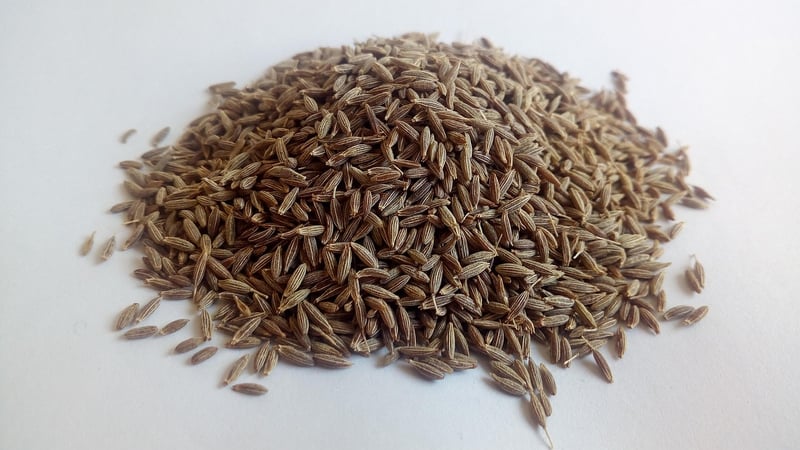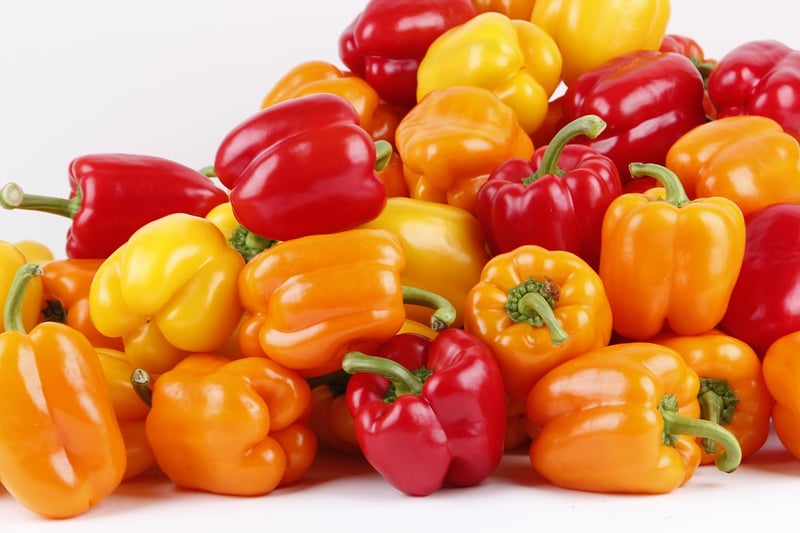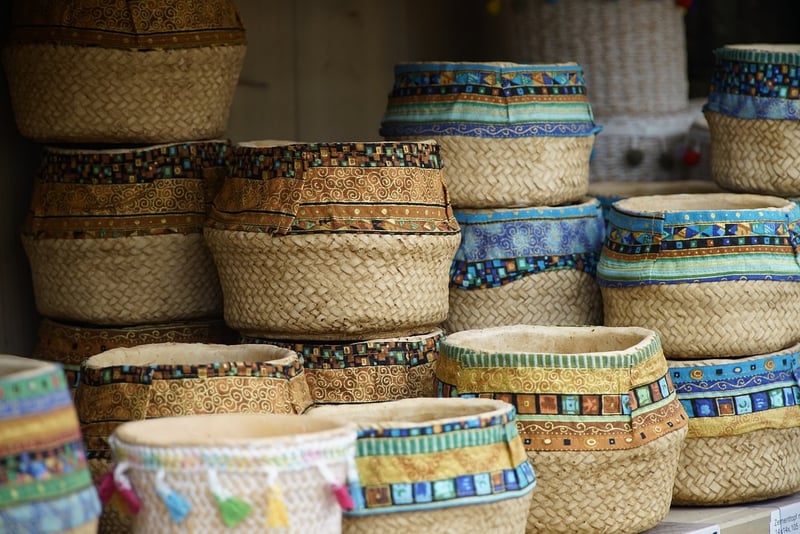Ethnic Spices
The Magic of Ethnic Spices: Exploring Key Components
Spices are the heart and soul of every cuisine, adding depth, flavor, and character to dishes. Ethnic spices, in particular, bring a unique flair and cultural richness to culinary creations. Let's delve into the key components that make up the fascinating world of ethnic spices.
1. Cumin

Cumin is a staple in Indian, Mexican, Middle Eastern, and North African cuisines. Its warm, earthy flavor with a hint of citrus adds depth to curries, stews, and meats. Cumin seeds are often toasted before grinding to enhance their aromatic properties.
2. Turmeric

Turmeric is widely used in South Asian and Southeast Asian cuisines. Known for its vibrant yellow color and earthy flavor, turmeric is a key ingredient in curry powders and adds a distinctive hue to dishes. It also boasts anti-inflammatory properties.
3. Garam Masala

Garam Masala is a fragrant blend of spices commonly used in Indian cooking. Ingredients like cardamom, cinnamon, cloves, and peppercorns come together to create a warm, aromatic spice mix that elevates dishes like biryanis and curries.
4. Paprika

Paprika is a versatile spice prominent in Hungarian, Spanish, and Turkish cuisines. It comes in various forms like sweet, smoked, and hot, each offering a unique flavor profile. Paprika adds color and a mild heat to dishes like goulash and paella.
5. Cinnamon

Cinnamon is a beloved spice used in both sweet and savory dishes around the world. Its warm, sweet aroma adds depth to desserts, stews, and spiced beverages. Cinnamon sticks or ground cinnamon are essential in baking and cooking.
Exploring the world of ethnic spices opens up a treasure trove of flavors and aromas that can elevate your cooking to new heights. Incorporate these key components into your dishes and embark on a culinary journey filled with vibrant tastes and cultural richness.
Remember, the next time you're in the kitchen, don't forget to spice things up with a dash of these exotic flavors!
